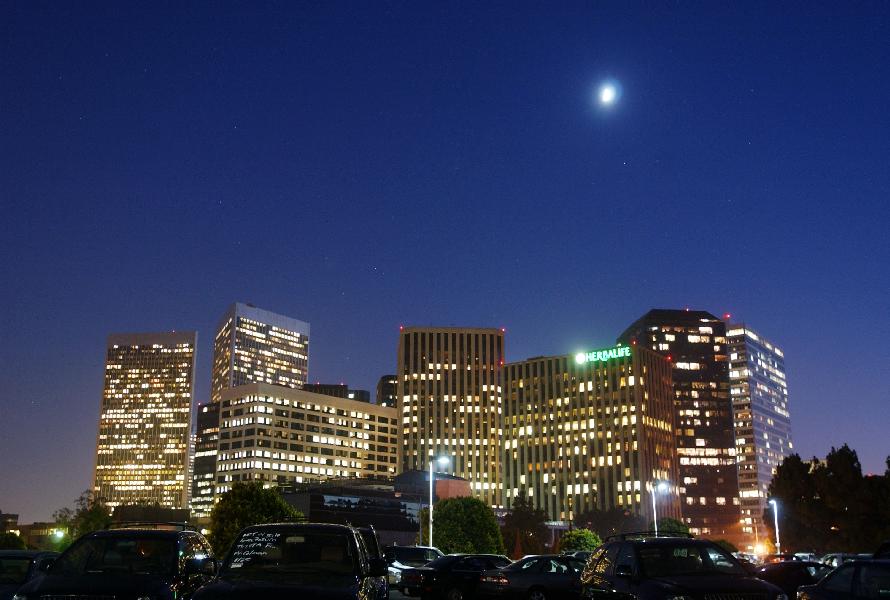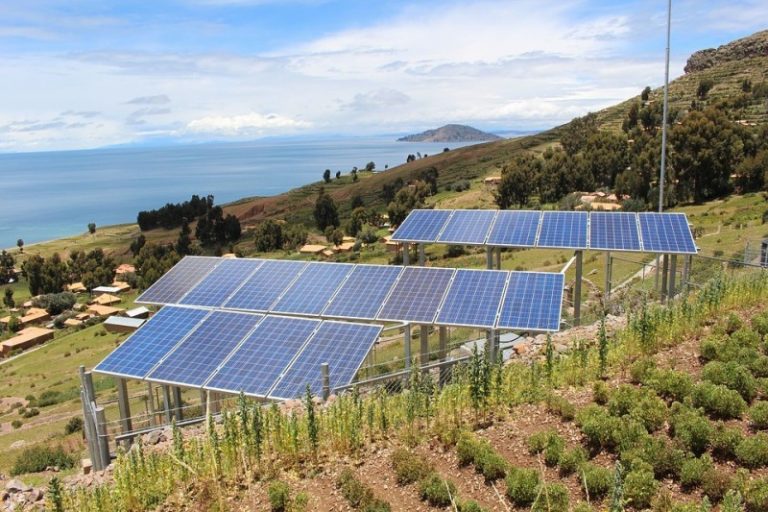
If you are reading this article, chances are you are also fairly excited about the advent of widespread LED lighting. Not only do they consume significantly less energy, they also have a much longer lifecycle than incandescent or CFL bulbs. In agriculture LED lighting is being successfully used to alter the growth rate of plants for significantly increased yields of indoor crops. However, there is a dark side to all this lighting; increasingly harmful light pollution. Although light pollution certainly didn’t begin with LED lighting, the unique capabilities of LED has the potential significantly disrupt the equilibrium of the natural world.
LEDs can be tuned to emit very precise frequencies of light which we see as various colours. Some of these colours have a frequency which can strongly affect the behaviour of plants, which are by nature very sensitive to the light spectrum. Since there is a frequency that stimulates plant growth, there is also a frequency that inhibits the growth of certain plants; the University of Exeter conducted a study in which grassland was exposed to two different kinds of light treatment. The light that mimicked UK street lighting was found to inhibit the flowering of a certain plant which certain insects require to survive. Not only would animals would find it hard to survive without insects, us humans would suffer too because insects are crucial pollinators of the food crops which are needed by humans to survive just as much as animals.
The sky-glow that comes from urban lighting in most cities and towns are bright enough to completely hide the moon and the stars from visibility. Though most of us humans do not personally depend on astronavigation in order to get around on a day to day basis, all kinds of living creatures depend on astronavigation to survive; sea turtles depend on their hatchlings being able to see the moon alternatives in order to go out to sea or they will not survive. Birds that mistake bright urban lights for the moon fly in circles around the lights until they drop from exhaustion and are attacked by cats and other predators on the ground.
Night predators which require the cover of darkness to hunt and the animals that rely on darkness for safety both lose their cover to excessive ambient lighting. Artificial lights disturb the night time croaking of frogs and other creatures which require the night time for their mating rituals. All of this amounts to a profound disruption of the ability to feed, breed and rest across the entire food web which not only surrounds us but also includes us.
Human wellbeing and society are also profoundly disrupted by excessive lighting. Light trespass – a term for lighting from outside that intrudes into your home environments such as vehicle lights or neon street lighting – is linked to sleep disorders. You are far more prone to developing high extreme sleep disorders like insomnia when your circadian rhythm is disturbed and your circadian rhythm depends on the current balance night and day in order to stay on track.
Aside from the stress and physical exhaustion that can arise from having to deal with a sleep disorder whilst trying to keep your life on the rails, the lack of clearly defined night and day times caused by excessive ambient lighting also has an effect on your endocrine system; the system which governs your hormones. Our bodies have evolved to produce the hormones required to relax and rest during night time, but when lighting interferes our circadian rhythm the bodies continues to produce the stress hormones required to keep us awake and alert instead.
Adrenal fatigue is what eventually follows prolonged disruption of your endocrine system, resulting in visible symptoms such as skin problems and hair loss or less obvious but no less serious problems such as anxiety, chronic fatigue, hypertension and depression. Billions are spent by millions of people every year on medication in an effort to cope with the negative side effects of light pollution while the production and consumption of the medication itself creates its own environmental impact through energy consumption and pollution.
So what can we do about this? It may sound counterintuitive after all that’s been said, but the answer will most certainly include more LED lights since they are now about 50% more energy efficient than the alternatives . LED lighting fixtures also have a significantly longer lifecycle than incandescent or CFL bulbs, resulting in less environmental pollution from production and consumption of the lighting.
Lighting accounts for over 20% of the world’s energy consumption and over 65% of the world’s electricity production is powered by fossil fuels. By now the environmental damage caused by the extraction and burning of fossil fuels needs no introduction; an effective and lasting way of reducing the environmental damage caused by lighting would be to use more renewable energy sources to power both the production of our lighting and the lighting itself.
More research should be done into just exactly how the various kinds of light emissions affect our physiology and the natural world around us. This will help to make informed choices on the proper regulation of harmful lighting and can even lead to the use certain frequencies of light in bioremediation; that is, to proactively heal ourselves and the environment.
It is crucial that the solutions to these problems are coordinated. Isolated problem-solving has proven to not only be inadequate but in some cases cases (as in the case of the street lighting that inhibits plant flowerings) it has shown itself to be a key underlying problem! A serious effort to tackle this problem calls for nothing less than a holistic and interdisciplinary approach from society, government, industry and the scientific community.





Leave a Comment